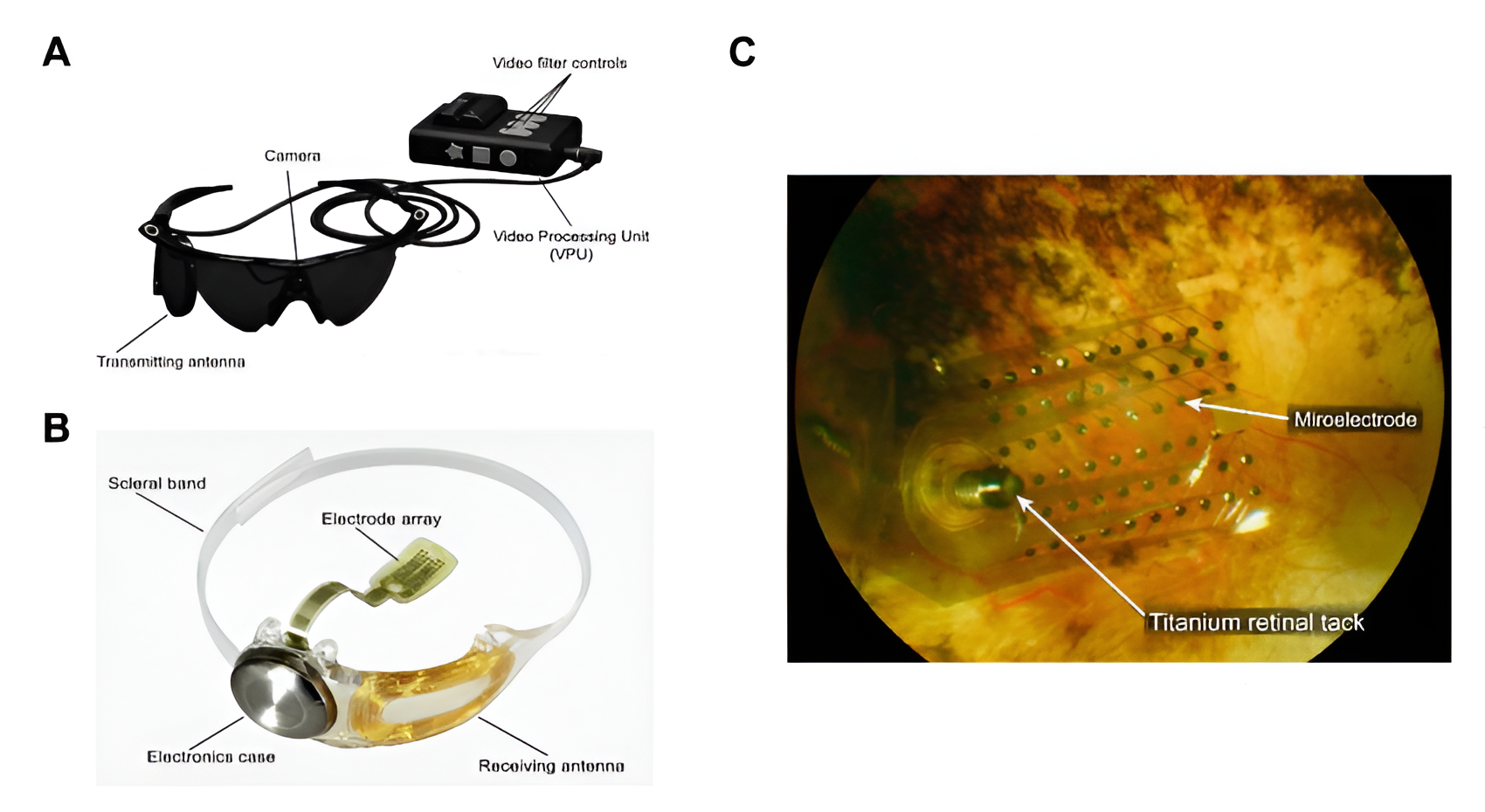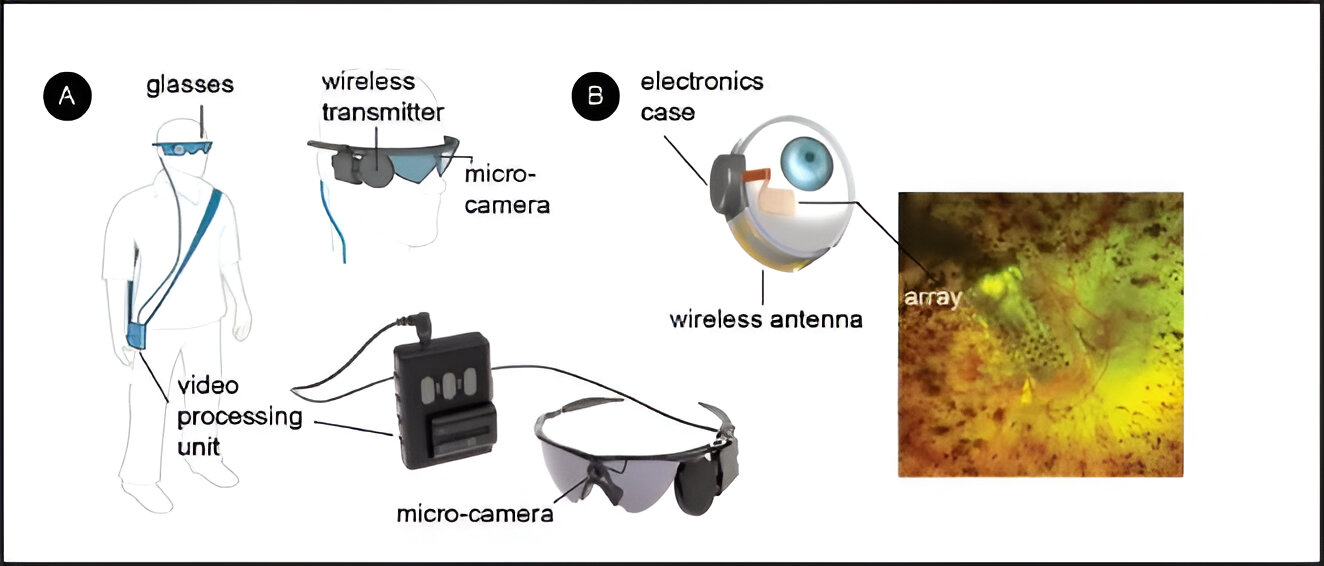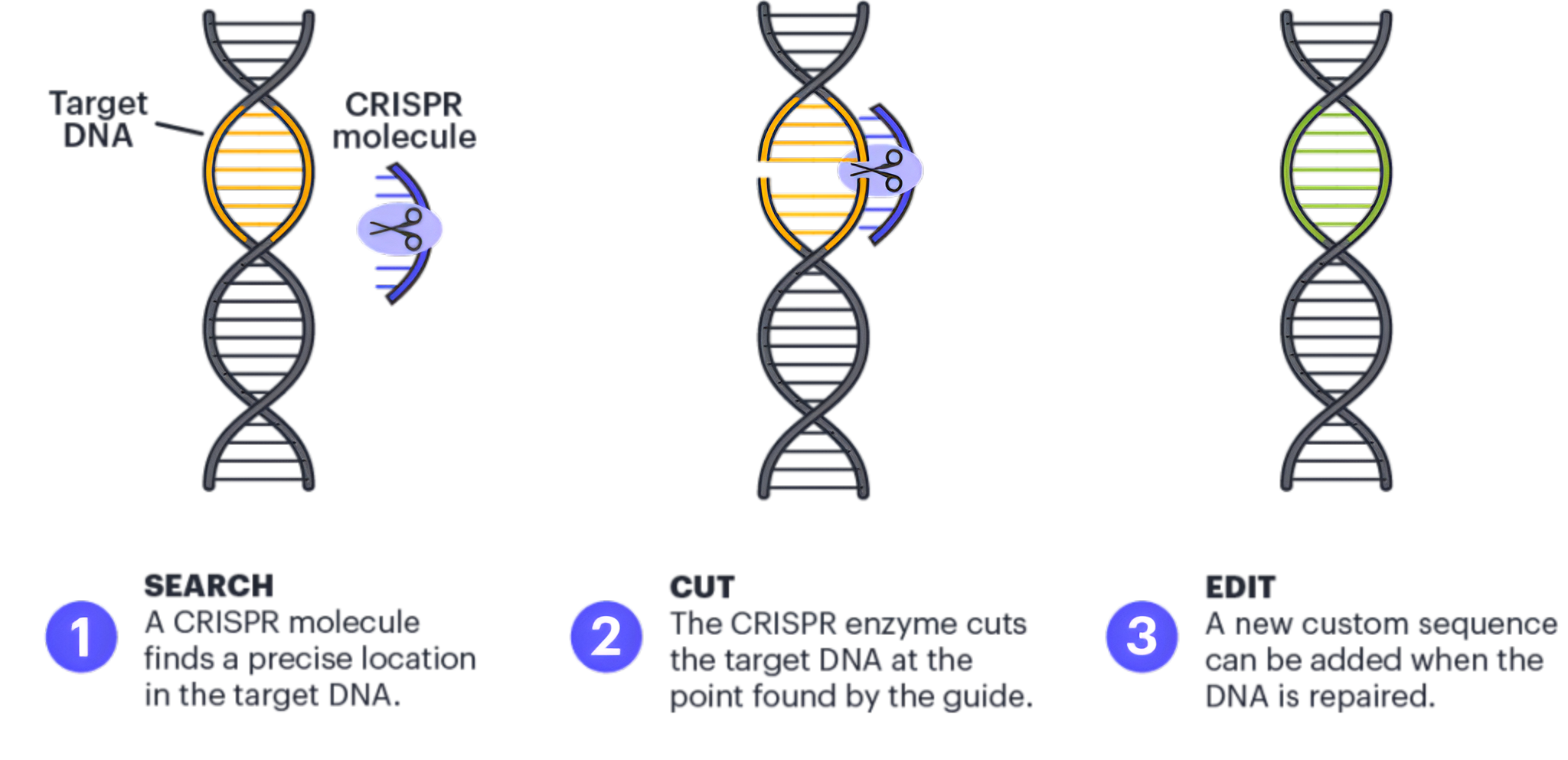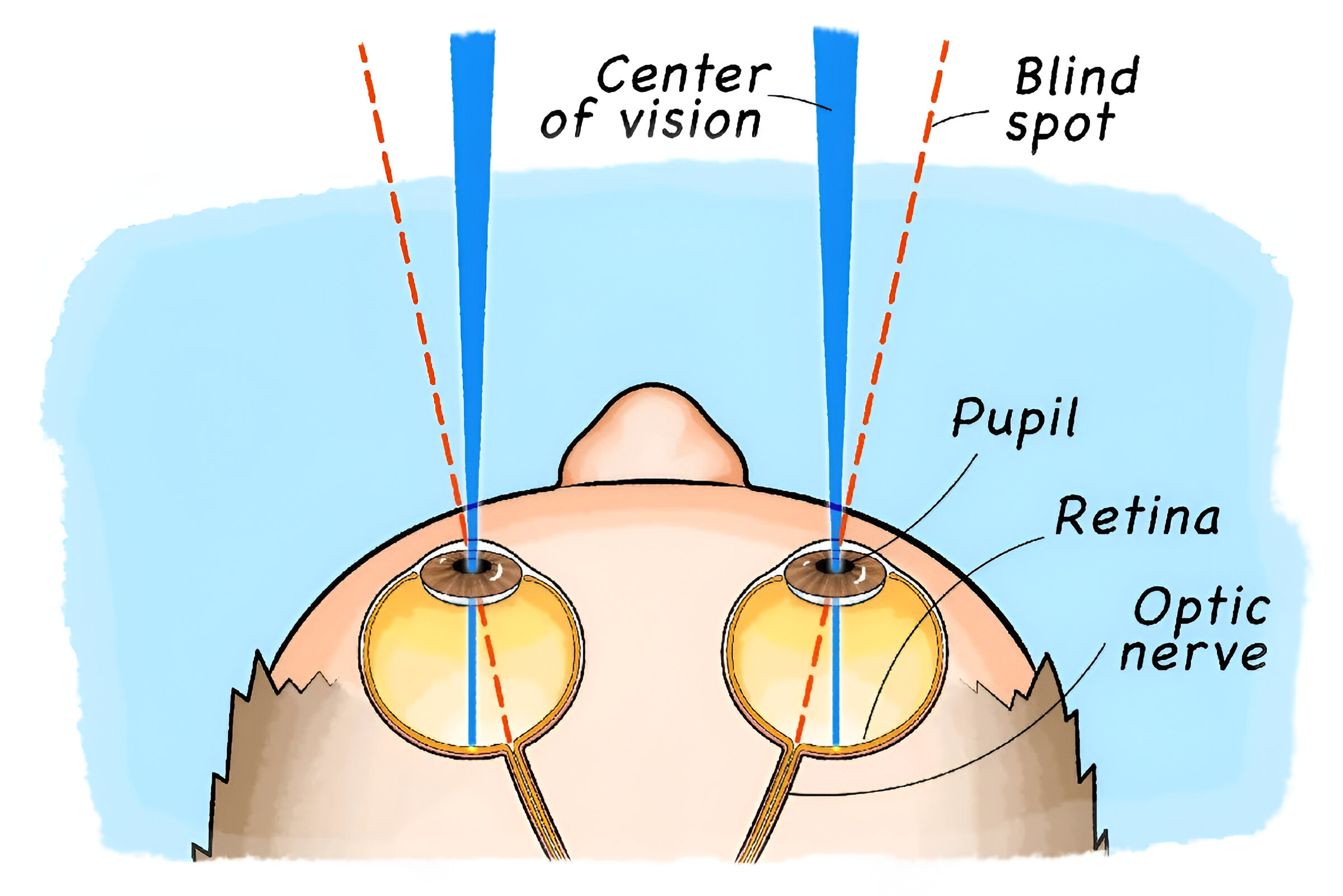
What if we told you that your eyes might be capable of more than you think? While most of us accept 20/20 vision as the gold standard, vision scientists are discovering that the human visual system is far more powerful — and mysterious — than we’ve given it credit for.
From tetrachromacy and ultraviolet perception to brain-training and bio-enhancement, let’s explore whether we’re already living with the seeds of superhuman sight.
What Is “Super Vision,” Anyway?
“Super vision” refers to visual capabilities beyond the average — whether that’s sharper focus, enhanced color perception, or the ability to detect motion, contrast, or detail at extraordinary levels.
While it may sound like something from a comic book, some people really do see the world differently — sometimes due to genetics, other times because of technology or training.
Visual Potential Hidden in Plain Sight
1. Tetrachromacy: Seeing a Hidden World of Color

-
Most people have three types of cone cells (trichromacy) for color vision: red, green, and blue.
-
Tetrachromats — often women — possess a fourth cone type, giving them access to millions more color shades than the average person.
-
It’s estimated that 12% of women may have the genetics for tetrachromacy, though very few consciously perceive extra colors.
“To them, what you call beige might have hundreds of subtle variations — it’s a world of unseen rainbows.”
— Dr. Gabriele Jordan, neuroscientist at Newcastle University
2. Ultraviolet Perception: A Post-Surgical Surprise
-
Some patients who’ve had their lens removed during cataract surgery (aphakia) report seeing into the ultraviolet spectrum.
-
This happens because the natural lens usually blocks UV light — but without it, the retina can detect UV wavelengths.
3. Motion Detection: Peripheral Superpowers
-
The human eye can detect motion as small as a single pixel’s worth of change, particularly in the peripheral field.
-
This helped our ancestors survive predators — and today, it gives athletes and gamers a major edge.
Genetics & Evolution: Could Our Eyes Evolve Further?
-
Birds of prey like eagles can see up to 8 times more clearly than humans.
-
The mantis shrimp has 16 types of photoreceptors, compared to our 3 (or 4 in tetrachromats).
-
Scientists are exploring gene editing that might enhance photoreceptor function or repair degenerative conditions like retinitis pigmentosa.
While evolution tends to refine survival traits rather than aesthetic ones, technology might take the reins…
Technology That’s Enhancing Vision
1. Bionic Eyes


-
Devices like the Argus II retinal implant are restoring basic vision to the blind — a step toward artificial super vision.
2. Smart Contact Lenses
-
Google and Mojo Vision are developing contacts that display augmented reality directly onto your eye — merging real and digital worlds.
3. CRISPR and Optogenetics
-
These technologies are being used to alter retinal genes to restore or enhance sight, possibly enabling future generations to surpass current limits.
Can You Train Yourself to See Better?
Yes — to a degree.
-
Vision therapy can sharpen coordination, eye tracking, and focus.
-
Perceptual learning (used in fighter pilot training) can improve your ability to detect contrast or subtle motion.
-
Apps like Ultimeyes or GlassesOff have shown small improvements in visual processing speed.
While these won’t turn you into a superhero, they do highlight how neuroplasticity can optimize the way your brain interprets what your eyes see.
Fun Fact: Your Brain Fills in Gaps in Vision
-
We all have a blind spot in each eye where the optic nerve connects — yet we never notice.
-
That’s because the brain intelligently fills in the blanks, showing just how important mental processing is in our vision experience.
“You don’t see with your eyes. You see with your brain.”
— Dr. David Eagleman, neuroscientist
The Takeaway: Is Super Vision Already Within Us?
We may not shoot lasers from our eyes like Superman, but the real “superpowers” lie in how adaptable and complex human vision truly is.
From the hidden potential of our cone cells to the emerging world of bionic enhancement, it’s clear we’re just scratching the surface of what sight can do. With research accelerating and technology advancing, the future of vision might be brighter — and sharper — than we ever imagined.
Sources:
-
Jordan, G., & Mollon, J. D. (1993). A study of women heterozygous for colour deficiencies.
-
Eagleman, D. (2015). The Brain: The Story of You.
-
Neitz, J., & Neitz, M. (2011). The genetics of normal and defective color vision.
-
American Academy of Ophthalmology: UV light and aphakia
-
Nature Reviews Neuroscience: Perceptual learning and brain plasticity
-
MIT Technology Review: Smart contact lenses and the future of augmented vision




